by Matthew Mattingly
Book reviews do not make the best blog entries. I get that, but sometimes the right book comes around that you need to share with your closest energy friends on the interwebs. That’s how I feel after just finishing The Green and the Black a book that discusses the fracking industry. Unlike other books on this subject, the author Gary Sernovitz provides a comprehensive look on the much debated practice of fracking for oil and gas in the United States. Not only does the book describe the process and history of the fracking industry, but freely discusses the environmental impact and the full influence it has on the energy industry as a whole. However, the beauty of the book is not just the great information it offers, but the writer’s witty commentary making a dry subject an interesting read. Mr. Sernovitz’s ability to intelligently discuss the industry, while at the same time poking fun of both extreme environmentalist and drill or die producers, is commended and appreciated. Not many authors in this particular industry can make you chuckle, but Gary Sernovitz does it often and does it well.
Although the book is filled with witty comments and satire (I’m still laughing at the “where’s –your-global-warming-now-hippie Polar Vortex winter of 2013-2014” comment), the author’s knowledge on the fracking industry is very impressive. Working in the oil industry himself, Gary Sernovitz has had front row seat to see the positive impact that the “shale revolution” has had for the United States. The positive impacts have either directly or indirectly affected everyone in this country, including…
- U.S. economic growth
- Substantial production growth of oil and natural gas
- Less reliance on Middle East oil imports
- Lower prices at the pump
- Becoming a net exporter of natural gas instead of a net importer
- Lower CO2 emissions with the declines of coal generation
- High paying energy jobs
- Land owners striking it rich in shale regions
However, at the same time the author is not blinded by the risks and previous failures of fracking. Although he points out the half truths that many environmental groups use against the industry, he does admit that fracking is not all sunshine and rainbows. Issues include…
- Water contaminations (Dimock, PA)
- Excessive amount of water used in the process
- Earthquakes
- Water treatment of fracking fluid
- Quality of life in drilling communities
- Loud, increased traffic
- Migration of Roughnecks
- Housing crisis
- Methane leaks
Unlike a popular conservative cable television network, the author is truly fair and balanced. That is something that is typically missing when discussing the fracking industry (or any subject nowadays). However, Gary Sernovitz does make it very clear of his support of the fracking process. The process has its faults, but when monitored and done correctly, it provides substantial benefits. But I don’t want to continue to summarize his work; I will let his words do the talking on the support of fracking. Listed below is an excerpt from the book’s introduction that caught my attention and got me started on this great read…
Yet when I see a billboard like the one put up by Yoko Ono and Sean Lennon asking New York City drivers to “Imagine there’s no fracking,” I cringe. That’s because I imagine it. If the U.S. Shale revolution hadn’t happened, oil and gas prices would probably be triple what they are today, the United States might, like Europe, still be feebly climbing out of a global recession, our trade balance would be weaker, the dollar in the pits, American coal consumption and carbon emissions would be increasing, the Canadian oil sands would be the dominant source of new North American oil, poor people throughout the would have less access to energy, the power of Putin and Middle Eastern monarchies would be dangerously magnified, and thriving Iran would be in much better position to laugh off attempts to limit its quest for nuclear bombs. – Gary Sernovitz
Confidential: Choice Energy Services Retail, LP.




